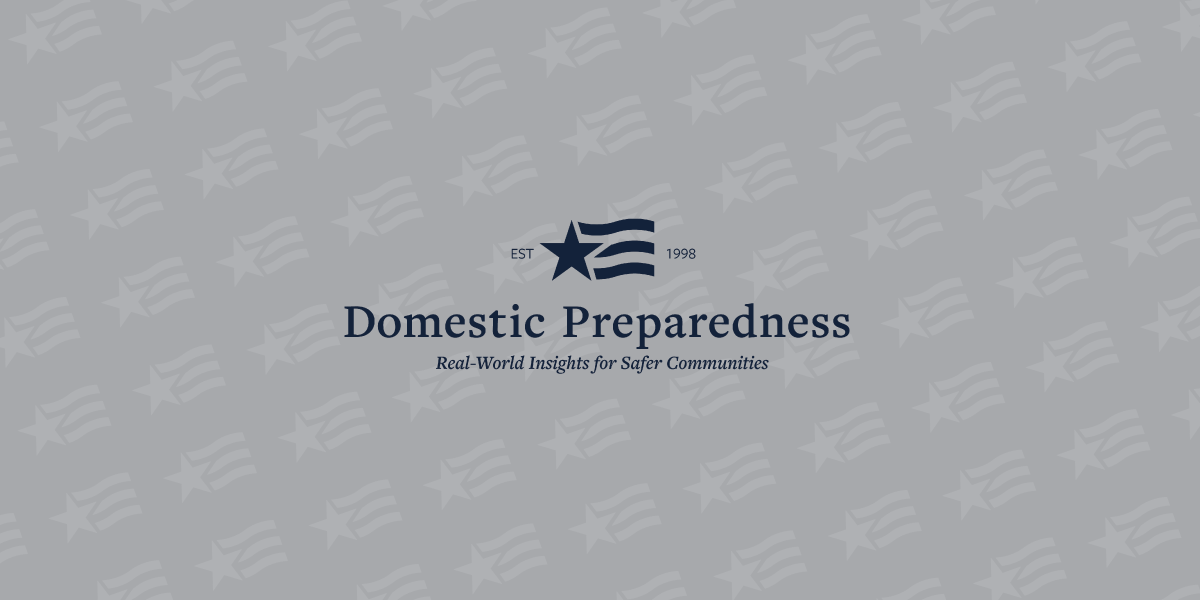Several U.S. government agencies have overlapping jurisdictional responsibilities in the enforcement of laws and treaties, particularly in maritime matters. For many years these agencies have from time to time responded independently to the same threat information, a practice that would seem to be an inefficient use of taxpayer money. The increasing volume and seriousness in the past several years, though, of transnational maritime threats – e.g., piracy, drug smuggling, illegal migrant smuggling, fishery incursions, and terrorist incidents involving weapons of mass destruction – demand the combined, coordinated efforts of federal agencies to ensure maritime security. Achievement of that goal is the purpose of the Maritime Operational Threat Response process, commonly referred to as MOTR.
MOTR is one of eight supporting plans or processes underpinning and supporting the U.S. National Strategy for Maritime Security. It sets forth the protocols prescribed for the coordination of efforts among U.S. agencies and determines when the process must be used – basically, whenever more than one federal agency becomes substantially involved in a maritime-threat situation. In most of those situations, implementation of the MOTR process essentially starts with a conference call linking senior decision makers from all agencies that have a jurisdictional interest or stake in the threat. In theory, any federal agency that plays an important role in the response or outcome would be brought into the MOTR conference call; in practice, the member agencies usually but not always include the Department of Homeland Security, the Department of Justice, the Department of Defense, and the Department of State. Several important decisions usually are made during the initial conference call, including not only an assessment of the threat but also a discussion of several specific questions that have to be answered: Is action required? Who or what agency has the legal authority to act? Who or what agency has the capability to act? What actions are or may be required? Also, when and where? In Accordance With Unavoidable Realities Probably the most important decision, of course, is which agency will take the lead and which agencies will provide support. Here it is important to understand that the lead federal agency does not automatically take command of the forces belonging to other agencies responding to the threat (theoretically assuring unity of command). The core product of the MOTR process, actually, is unity of effort between and among the various federal agencies involved. There are certain times and situations, of course, in which one agency might assume tactical control of another agency’s forces, but the general rule is that each agency retains command and control over its own assets, employing them in support of the lead agency. The focus on unity of effort rather than unity of command is unavoidable, in fact – for a number of reasons. Most agencies possess certain unique authorities that cannot legally and/or easily be transferred to another agency. For example, the investigative and other authorities possessed by a domestic law-enforcement agency such as the Federal Bureau of Investigation cannot be transferred to or directed by a Department of Defense agency, most of which are prohibited by law from direct participation in searches, seizures, arrests, and other “civilian” law-enforcement activities. Most federal agencies also possess unique expertise created and developed both to carry out their
The Maritime Operational Threat Response process sets forth the protocols prescribed for the coordination of efforts among U.S. agencies and determines when the process must be used
primary roles and missions and to enhance the capabilities of their forces – and usually, therefore, know best how to employ those forces to achieve the outcome desired by all participating agencies. For practical purposes, therefore, it is more effective for the lead agency to communicate what assistance is required and allow the supporting agencies to determine how best to provide that assistance. The MOTR process does not always ensure success, but it does give the United States an efficient and effective mechanism for stopping and/or responding to maritime threats. In short, ensuring interagency effectiveness through cooperation and coordination in the pursuit of common interests allows the full power of the United States to be employed against any maritime threat not only without redundancy but also without creating or exacerbating interagency rivalry. In that context, it seems safe to say that the process as it exists today produces common agreement among the agencies – at least at the national level. The challenge, though, is to be able to translate the decisions made through the MOTR process into interagency action at the operational level. The essential next step, therefore, is for the operating personnel within each agency to reach out to their interagency partners to develop effective mechanisms for the joint planning and execution of the MOTR decisions made at the highest levels of government.

Joseph DiRenzo III
Dr. Joseph DiRenzo III is a retired Coast Guard officer. He's visiting fellows at the Joint Forces Staff College. He has written extensively on maritime security issues. Any opinions expressed in the preceding article represent their own views and are not necessarily the official views of the U.S. Coast Guard.
- Joseph DiRenzo IIIhttps://domprep.com/author/joseph-direnzo-iii
- Joseph DiRenzo IIIhttps://domprep.com/author/joseph-direnzo-iii
- Joseph DiRenzo IIIhttps://domprep.com/author/joseph-direnzo-iii
- Joseph DiRenzo IIIhttps://domprep.com/author/joseph-direnzo-iii

Christopher Doane
Christopher Doane and Dr. Joseph DiRenzo III are retired Coast Guard officers and visiting fellows at the Joint Forces Staff College. Both of them have written extensively on maritime security issues. Any opinions expressed in the preceding article represent their own views and are not necessarily the official views of the U.S. Coast Guard.
- Christopher Doanehttps://domprep.com/author/christopher-doane
- Christopher Doanehttps://domprep.com/author/christopher-doane
- Christopher Doanehttps://domprep.com/author/christopher-doane
- Christopher Doanehttps://domprep.com/author/christopher-doane






